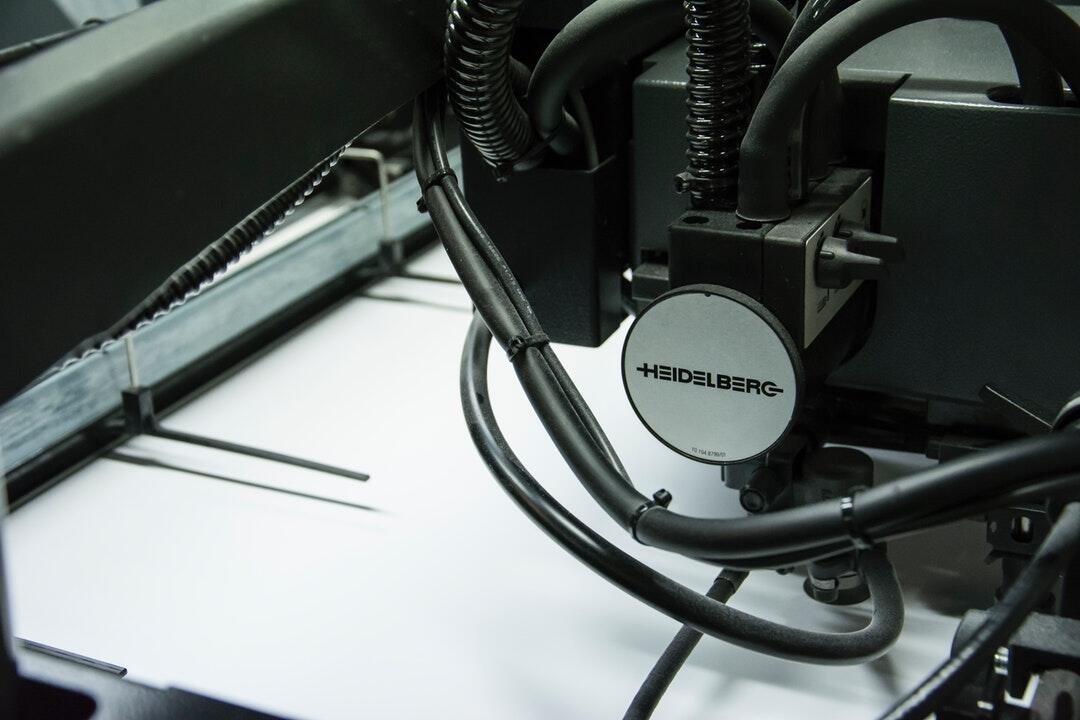Have you ever wondered how successful clothing printing businesses create such vibrant designs? Clothing printing is more popular than ever, and each company uses different methods to stand out.
In this article, we’ll dive into the top three methods every printing business relies on to produce high-quality products. Whether you’re a budding entrepreneur or just curious about the industry, understanding these techniques can provide valuable insights.
Let’s explore how these businesses bring creativity and innovation to life.
1. Screen Printing
Screen printing is one of the most popular methods for transferring designs onto fabric. It involves pushing ink through a stencil on a mesh screen to create the desired pattern. This technique is known for its durability and vibrant colors, making it a preferred choice for high-demand items.
The process begins by preparing the mesh screen with emulsion and placing the design on it. Once the setup is ready, ink is applied and forced through the screen onto the fabric using a squeegee. Each color in the design requires another screen, permitting for complex and multi-colored prints.
Screen printing is ideal for bulk production as it is efficient and cost-effective. It allows for quick printing of large quantities, promoting fast production time. The quality of the prints remains consistent, making them reliable for businesses seeking dependable results.
2. Direct-to-Garment (DTG) Printing
Direct-to-garment (DTG) Printing is a method that utilizes inkjet technology. It directly applies the ink to the fabric, permitting for intricate designs with high detail. DTG is suitable for smaller print runs due to its ability to handle complex artwork without additional setup.
This printing technique is favored for its versatility. It can produce full-color designs with gradients and fine text, all without the need for screens. Adjustments can be made easily, and design changes are simple and cost-effective.
DTG printing is ideal for custom orders and on-demand printing. There is minimal prep work, making it efficient for printing individual garments. While generally more expensive for large batches, it excels in flexibility and high-quality output.
3. Direct-to-Film (DTF) Printing
Direct-to-film (DTF) printing is a process that transfers prints onto fabric using a special film. The design is first printed onto the film using a printer and special inks. After printing, an adhesive powder is applied to the film’s printed side to ensure proper adhesion to the fabric.
Once the adhesive is applied, the film is heated to melt the adhesive and prepare it for transfer. The film is then placed onto the fabric where the design is pressed. A heat press is used to transfer the design from the film directly onto the garment.
DTF printing is known for its ability to deliver vibrant and durable prints. It works well on various types of fabrics, making it a versatile option for businesses. If you’re considering this method, check this page on DTF and screen printing for comparisons and further insights.
Elevate Your Style With the Top Three Methods in Every Printing Business
In conclusion, the printing business offers various methods to create outstanding designs. Screen printing is perfect for bulk orders due to its efficiency. DTG printing excels in producing small batches with detailed prints.
DTF printing provides vibrant results for diverse fabrics. Each method has its strengths and best uses. By choosing the right technique, a printing business can ensure quality and customer satisfaction. Exploring these options can lead to innovative and successful outcomes.
Did this article expand your knowledge? If so, don’t forget to visit our blog for further educational material.




